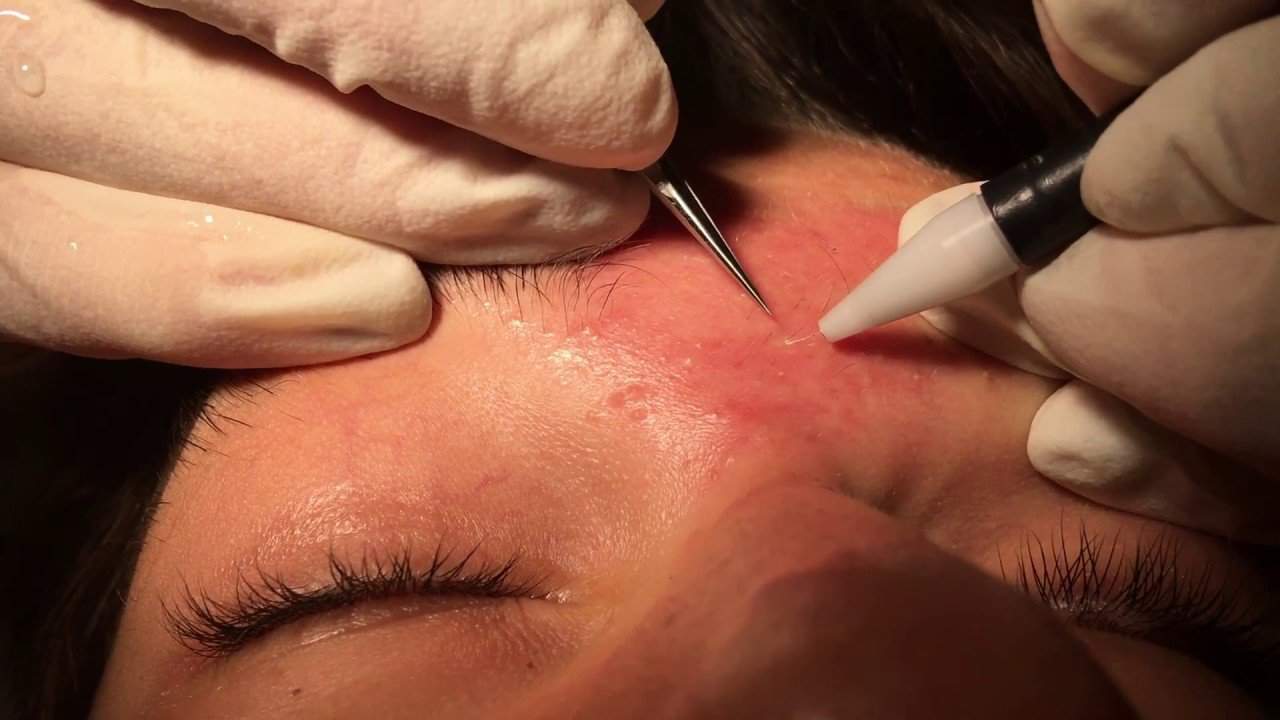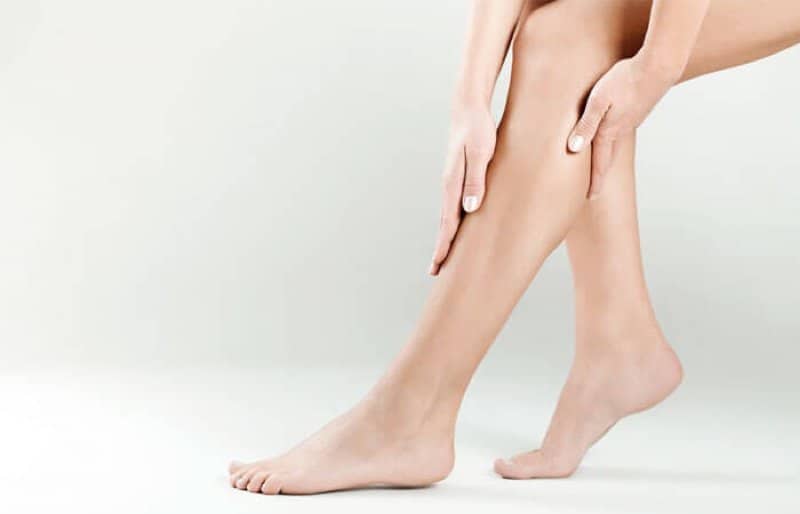Unwanted hair can be a cause of concern for both men and women and may impact one’s appearance as well as be related to medical or cultural reasons. While temporary solutions like shaving and waxing exist, these methods can lead to irritations, redness, and a continuous cycle of hair regrowth. As a result, many individuals are seeking longer-lasting or permanent hair removal options.
One of the most popular and accessible subjects in recent years is permanent hair removal treatments. With advancements in technology, methods like laser therapy have become more affordable, providing effective long-term results for people looking to break free from the constant upkeep of temporary solutions. In our discussion, we will explore various hair removal techniques, the potential side effects, and what you should know before starting on your journey to a hair-free life.
Chapter Overview
Why Try Permanent Hair Removal Options?
We know that dealing with unwanted hair can be a frustrating and time-consuming process. Permanent hair removal options provide a long-lasting solution for various hair and skin types.
Here’s why you should consider permanent hair removal:
- Reduction in hair growth: As these treatments target the hair follicle directly, the regrowth slows down, eventually leading to a noticeable reduction in hair growth.
- Improved skin texture: With ingrown hairs, razor bumps, and coarse hair being common issues associated with temporary hair removal methods like shaving or waxing, permanent hair removal can lead to smoother, healthier skin.
- Less irritation: By eliminating the need for constant pulling and cutting of hair, permanent methods reduce skin irritation and discomfort.
- Effective for dark hair and light skin: Permanent hair removal techniques work best on individuals with dark hair and light skin tones, as the contrast in color allows for better targeting of hair follicles.
- Hair regrowth suitable for darker skin tones: However, advancements in technology have also made permanent hair removal increasingly effective for people with darker skin tones and light-colored, red hair.
Keep in mind, permanent hair removal is not an instant solution; it requires several sessions, usually 4-5 weeks apart. The overall outcome is reduced hair growth and improved skin texture, giving you the confidence and comfort you deserve.
Where To Use?
We recommend using permanent hair removal treatments on various parts of the body, such as:
- Face: eyebrows, upper lip, chin, and facial hair
- Upper body: underarms, arms, and back
- Lower body: legs, bikini area, and pubic area
These treatments are suitable for both men and women. However, as men naturally have more body hair, they may require more sessions to achieve desired results. It’s essential to be prepared for the time and financial investment involved in permanent hair removal, as multiple visits to a salon or technician may be necessary throughout the year. In addition, each session will incur costs, so having an appropriate budget set aside is crucial for a smooth and hair-free experience. Choose the option that suits you best and take a step closer to achieving smooth, hairless skin.
Top 3 Methods
Laser Treatment

Laser hair removal has been a popular method since the 1990s and is now widely available at more affordable prices. By using a concentrated beam of light, laser treatments target the melanin within the hair, transforming light into heat energy. This heat damages the hair follicle, eventually causing it to stop producing hair.
Hair growth occurs in cycles, requiring multiple laser sessions to ensure all hair is treated. While at-home laser hair removal kits can provide a more cost-effective approach, in-salon treatments can still reach several thousands of dollars.
IPL Hair Removal

Intense Pulsed Light (IPL) is a technology similar to laser treatment, but instead uses a broad-spectrum, high-intensity light that emits at multiple wavelengths. Although it covers larger areas with each treatment, IPL is not as focused as laser, requiring more sessions to achieve optimal results.
As with laser hair removal, at-home IPL devices offer a cheaper alternative to salon treatments.
Electrolysis

Electrolysis is the only FDA-approved method of permanent hair removal. How does it work? It works by destroying the root of each hair at the follicle using an electric current. It is better than laser therapy because it works on all hair types.
One of the biggest downsides of electrolysis is time. This type of permanent hair removal works on one hair at a time. And because of that, it takes much longer to complete, between 15 and 30 sessions.
After each follicle, there is a stinging sensation. And if you follow through with all of the sessions required, the results can be permanent. But it is not always 100% permanent for every person.
Are there natural options?
As the only FDA-approved method for permanent hair removal, electrolysis destroys the hair root at the follicle with an electric current. This method is more versatile than laser treatment, as it works on all hair types.
However, due to its time-consuming nature, electrolysis requires between 15 and 30 sessions to achieve desired results. Each treated follicle can cause a stinging sensation, and although results can be permanent, they are not guaranteed for every individual.
Are There Natural Options?
While seeking hair removal alternatives, we can look into Ayurveda, one of the oldest holistic healing systems originating from India. This approach focuses on balancing the mind, spirit, and body for overall health and wellness. In Ayurveda, some methods claim to achieve permanent hair loss using natural ingredients, but results may take longer and cover smaller areas.
Consider the example of turmeric hair removal treatment:
- Ingredients: 1 teaspoon turmeric powder, 2 tablespoons milk, 1 tablespoon gram flour.
- Preparation: Mix the ingredients to create a smooth paste.
- Application: Apply the paste in the direction of hair growth, scrub in the opposite direction, leave for 10 minutes, and rinse with lukewarm water.
Remember, these natural options may be less effective and slower than conventional methods, such as shaving, waxing, or using depilatory creams. Keep in mind potential skin reactions and consider testing any treatment on a small area before applying it extensively. Also, remember that conventional hair removal methods like shaving require proper use of equipment, such as disposable razors and shaving cream, to minimize risks like razor burn.

